Autoclaved Aerated Concrete [Definition, Types, Benefits, Applications]
Autoclaved Aerated Concrete [Definition, Types, Benefits, Applications] [PDF DOWNLOAD]
Autoclaved Aerated Concrete Definition
Autoclaved aerated concrete (AAC) is a light porous silicate product, which is made of siliceous materials (sand, fly ash, silica-containing tailings, etc.) and calcareous materials (lime, cement) as the main raw materials, and gas-forming admixtures(aluminium powder) as the main additive agent. Manufactured by mixing, pouring, pre-curing, cutting, autoclaving, curing and other technological processes.
Autoclaved aerated concrete is named as “aerated concrete” because it contains a large number of uniform and small air holes.
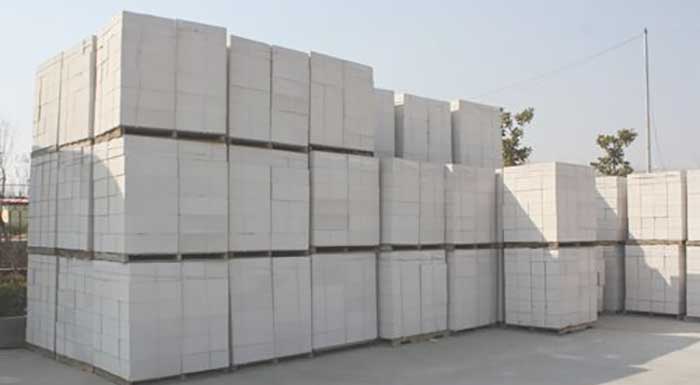
Autoclaved Aerated Concrete Types
Broadly speaking, it refers to all autoclaved aerated concrete, including autoclaved aerated concrete blocks, foamed concrete and concrete with air entraining agent.
Narrowly speaking, it refers to autoclaved aerated concrete block. Generally, it is classified based on the types of raw materials, the process adopted and the functions undertaken.
Types on the Basis of Shape, Autoclaved aerated concrete can be divided into blocks or slabs of various specifications according to its shape.
Types on the Basis of Materials, There are basically three kinds of autoclaved aerated concrete: (cement, lime, fly ash aerated brick); (cement, lime, sand aerated brick); (cement, slag, sand aerated brick)
Types on the Basis of Uses, Autoclaved aerated concrete can be divided into 5 types: non-load-bearing block, load-bearing block, thermal insulation block, wallboard and roof panel.
Types on the Basis of Properties, Autoclaved aerated concrete is one of the earliest and most widely used lightweight wall materials because of its light bulk density, high insulation performance, good sound absorption effect, certain strength and processability.
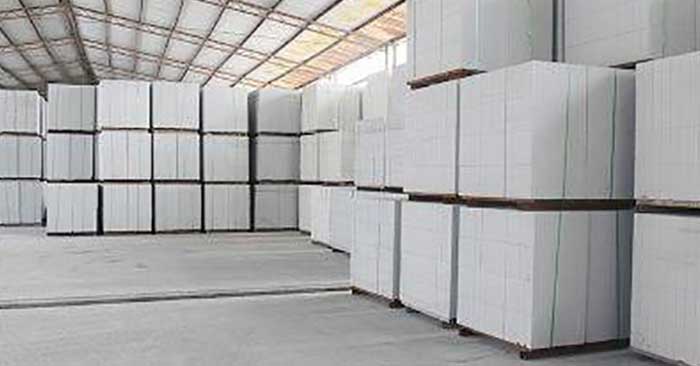
Autoclaved Aerated Concrete Benefits
1. Light Weight
Autoclaved aerated concrete’s porosity 70%-85%, density 500-900kg/m3, it’s the 1/5 of ordinary concrete, 1/4 of clay brick, 1/3 of hollow brick, similar to wood, can float in water. It can reduce the self-weight of the building and greatly reduce the cost of the buildings.
2. Fire Prevention
The main raw materials are mostly inorganic materials, so they have good fire resistance and do not emit harmful gases in case of fire. Refractory 650°c, They are first-class refractory, fire resistance up to 245 mins for 90mm thick wall and 520 mins for 300mm thick wall.
3. Noise Insulation
Because of its unique porous structure, it has a certain sound absorption capacity. 10 mm thick wall can reach 41 decibels.
4. Thermal Insulation
Because of the large number of pore and micropore inside the autoclaved aerated concrete, it has good thermal insulation performance. The thermal conductivity is 0.11-0.16 W/MK, which is 1/4-1/5 of clay brick. Usually, the thermal insulation effect of autoclaved aerated concrete wall with thickness of 20cm is equivalent to that of ordinary solid clay brick wall with thickness of 49cm.
5. Anti Permeability
Because the material is composed of many independent small pores, water absorption and moisture conduction are slow, and the water absorption rate is 1/5 of that of clay brick. When used in bathroom, ceramic tiles can be directly pasted on the wall after interface treatment.
6. Seismic Resistance
The same building structures increased 2 seismic levels than clay brick.
7. Environmental Protection
No pollution in the process of manufacture, transportation and use. It can protect cultivated land, save energy and reduce consumption. It is a green environmental protection building materials.
8. Durability
The strength of autoclaved aerated concrete is stable. The strength increased by 25% after exposure to air for 1 year, and remains stable after 10 years.
9. Quick
Autoclaved aerated concrete has good machinability, sawing, planer, drilling and nailing, and can be bonded with appropriate bonding materials, which creates favorable conditions for construction.
10. Economy
The comprehensive cost is at least 5% lower than that of using solid clay brick, and can increase the use area and greatly improve the utilization ratio of building areas.
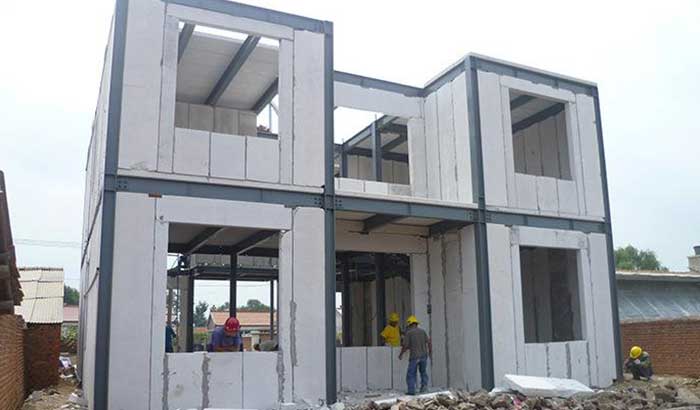
Autoclaved Aerated Concrete Applications
1. High-Rise Frame Buildings
Years of practice proved that, the application of autoclaved aerated concrete in high-rise frame building is economical and reasonable, especially the use of blocks to build internal and external walls, has been generally recognized by the society.
2. Architecture in Seismic Area
Because of the lightweight of autoclaved aerated concrete, the seismic force of its buildings is small, which is beneficial to earthquake resistance. Compared with brick-concrete buildings, the damage degree of the same buildings under the same earthquake is different by 1 grade.
3. Architecture in Cold Areas
The thermal insulation of autoclaved aerated concrete is good. The thermal insulation effect of 200mm thick wall is equivalent to that of 490mm thick brick wall. Therefore, its economic effect in cold area is outstanding and competitive.
4. Soft Foundation Buildings
Under the same foundation conditions, the number of stories of autoclaved aerated concrete buildings can be increased, which is economically advantageous.
The main shortcomings of autoclaved aerated concrete are large shrinkage, low elasticity and fear of freezing. Therefore, autoclaved aerated concrete is not suitable for the following occasions: temperature > 80℃; the environment is acid and alkali hazards; long-term humid environment.
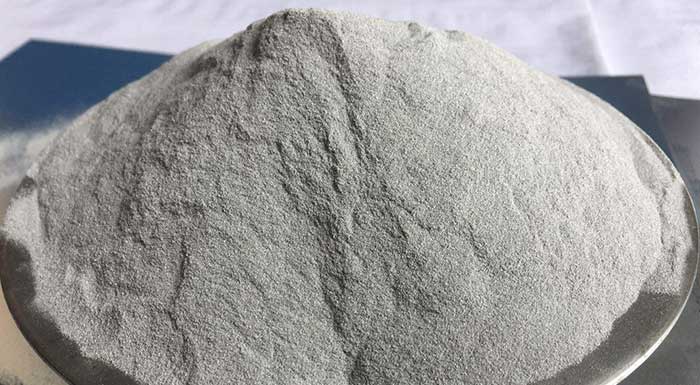 What is Gas-Forming Admixtures [Functions & Types]
What is Gas-Forming Admixtures [Functions & Types] Jaw Crusher Working Principle | Applications| Benefits
Jaw Crusher Working Principle | Applications| Benefits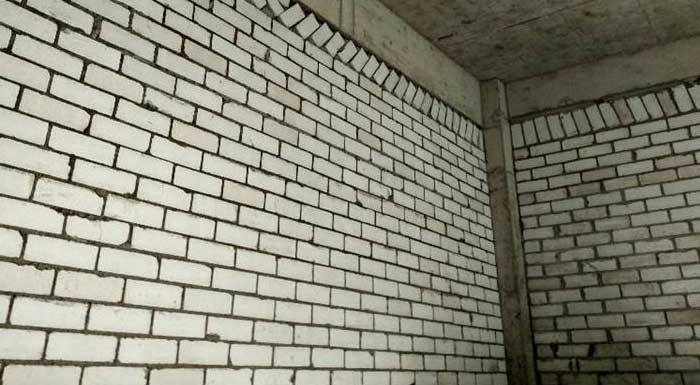 What is Brick Masonry | How To Supervise Brick Masonry Construction
What is Brick Masonry | How To Supervise Brick Masonry Construction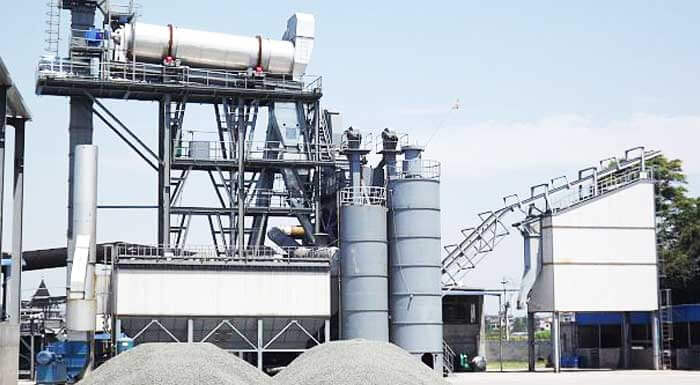 What Is Asphalt Concrete | Types & How Is It Made
What Is Asphalt Concrete | Types & How Is It Made


Everything is very open and very clear explanation of issues. was truly information.
Hi Beidoou,
I found you through a great topic related to AAC block. We are GachBeTongNhe – the AAC concrete block supplier in Vietnam too. Hopefully, we could refer your information to deploy and send more to our Vietnamese with this useful information.
Thank you and Best regards,
GachBeTongNhe